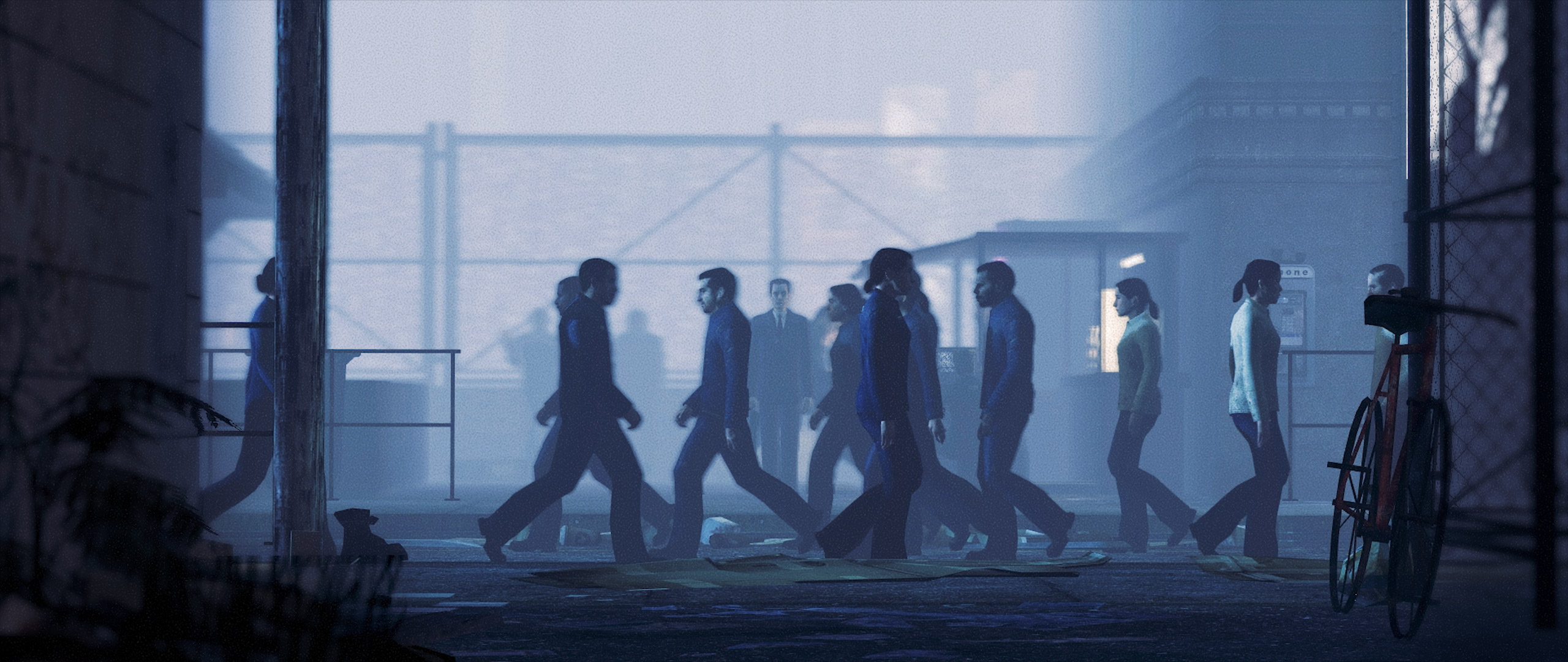That Bird Tracking Shot
The problem I always foresaw with city scanners is that, after a while, if a citizen was up to nefarious acts and sees one, their initial idea would be to hide from it or act innocently. If their eyes in the sky became the birds themselves, nobody would ever know. This is where I created the idea that the Overwatch eventually designed biomechanical pigeons to spy on their citizens in the slums, while keeping scanners out in the open streets to give them a false sense of security. I focus a large amount of time on the pigeons in the film, to drop hints for the audience and to get them familiar with what pigeons were real versus what ones were biomechanical: the real ones make cooing noises whereas the fake ones never make a sound.

I had always joked about having myself or another player floating in the background of one of the shots to give a nod that this was made in Garry’s Mod, but I never consciously did this. In a large transition shot that follows one of these biomechanical pigeons across the city, you can catch a glimpse of me for a few frames, poorly hidden behind one of the buildings. This was by no means intentional, and I still can’t believe I never noticed scrubbing over that shot countless times that there was a giant man with a camera standing in the city. It was an easter egg that had to be.
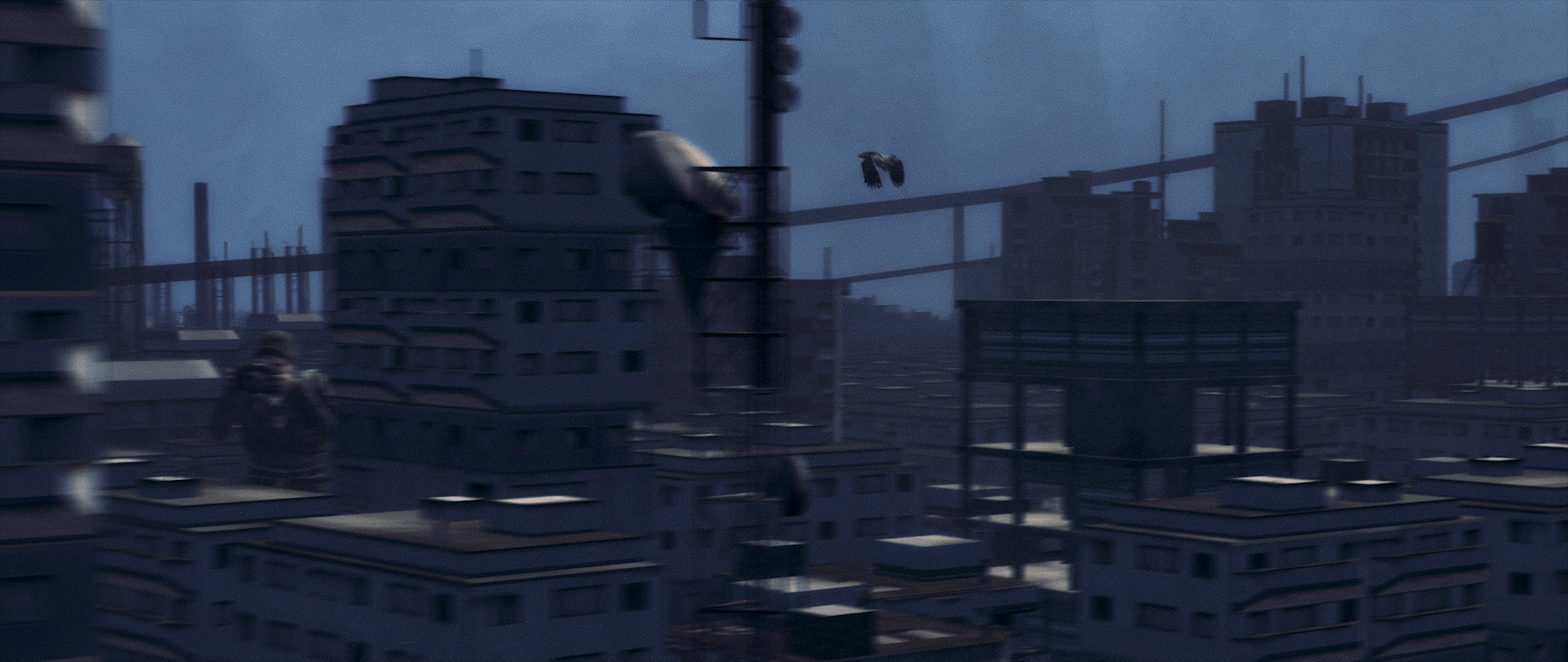
Forest Attacks
The forest attack scene was extremely tricky and almost got cut. I wanted to plant the idea that G-man was the one pulling the strings behind almost every sequence, driving the characters where they need to be. It hints that time paused after the fire supernaturally burns out, and the forest goes completely silent. This is where at 08:55 you can catch a glimpse of his pale eyes voyeuristically watching him. When the zombie charges out of the the forest it doesn’t have a headcrab, which is another hint that it is being controlled by something else. When he runs back into shelter and the rest never show up this is another bizarre moment for the character. He decides to then move on through the wilderness the next morning to find another mysterious shack. This all happens so fast, and some is a bit hard to catch, which is why it almost didn’t make it in the final cut.

Strider Fight!
If there was a scene that took the most amount of takes, it was the strider fight. Out of the whole film I wanted to have a single take that would push the boundaries of what we were filming. We set up turrets, particle triggers, light flashes, rain, NPC’s, paths, all triggered by the numpad. The jeep had a real driver while I sat in a welded chair on the passenger side shooting handheld. I have to give credit to the jeep driver (Sara Barnes) and the doomed Metrocop (Steven Barnes) for sticking through the countless takes it took to do this. Since framerate was an issue, this entire part was shot in host_timescale 0.5 to slow down the processing effects and bring it to a recordable state.
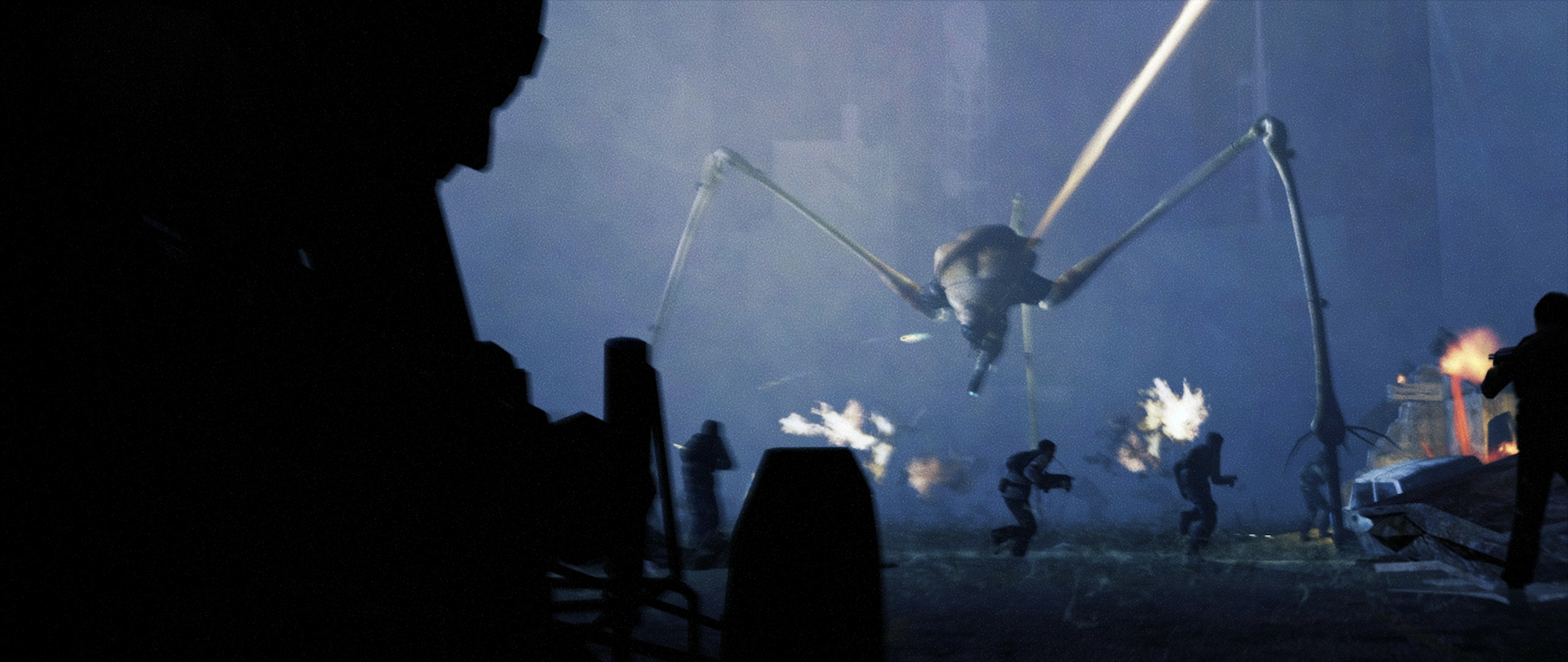
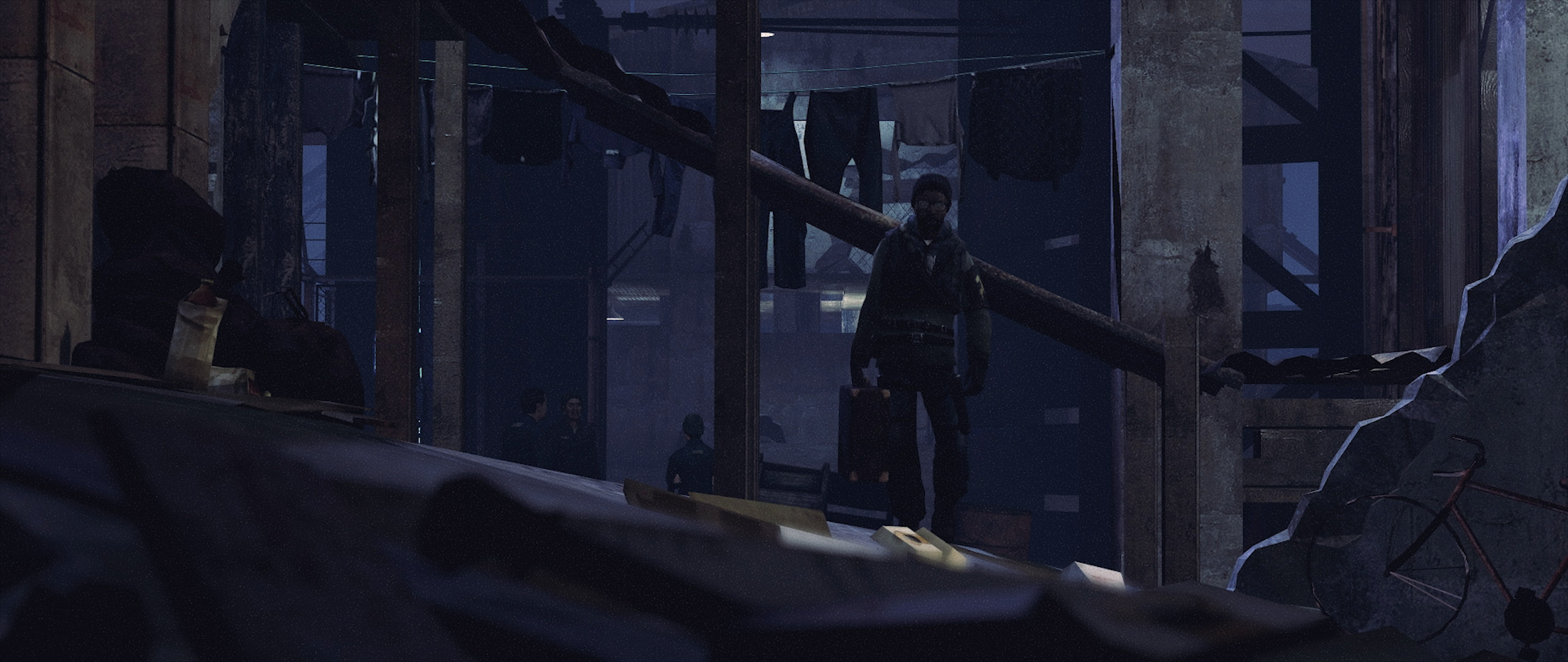
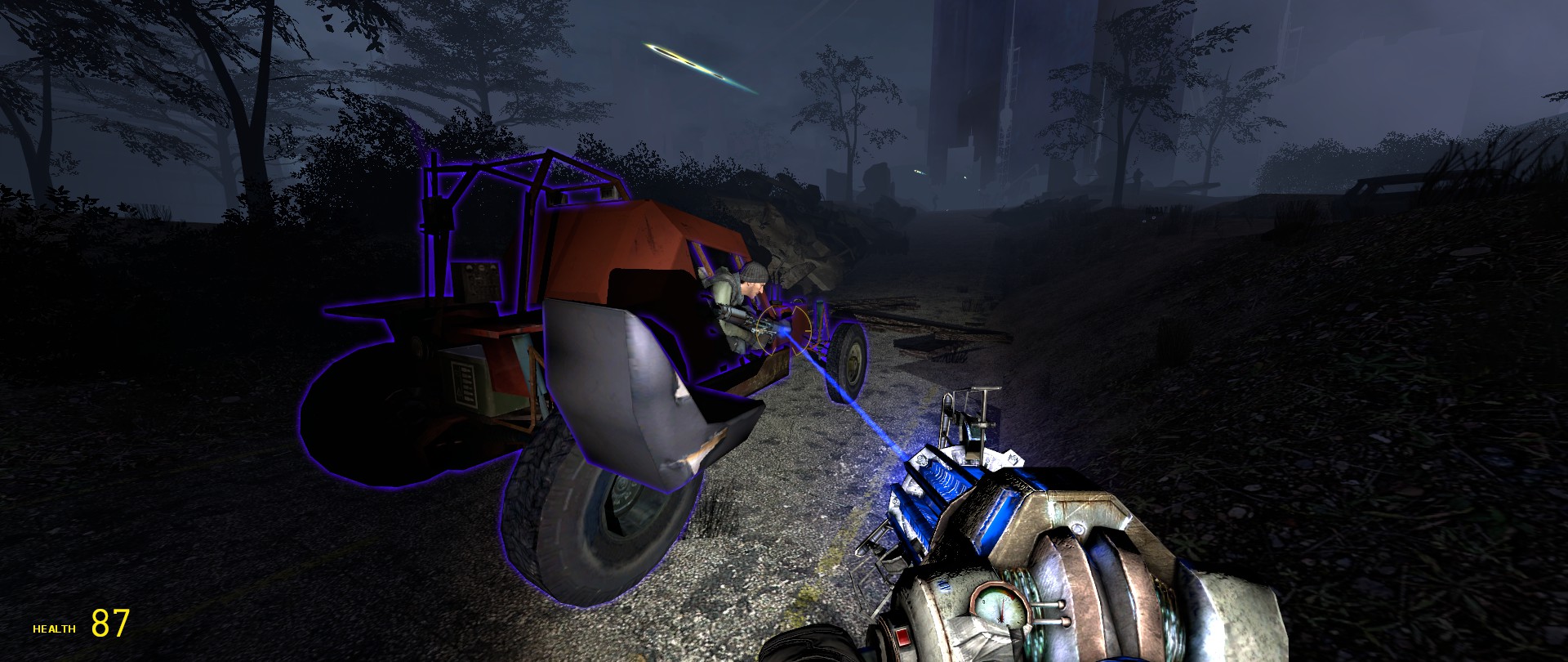
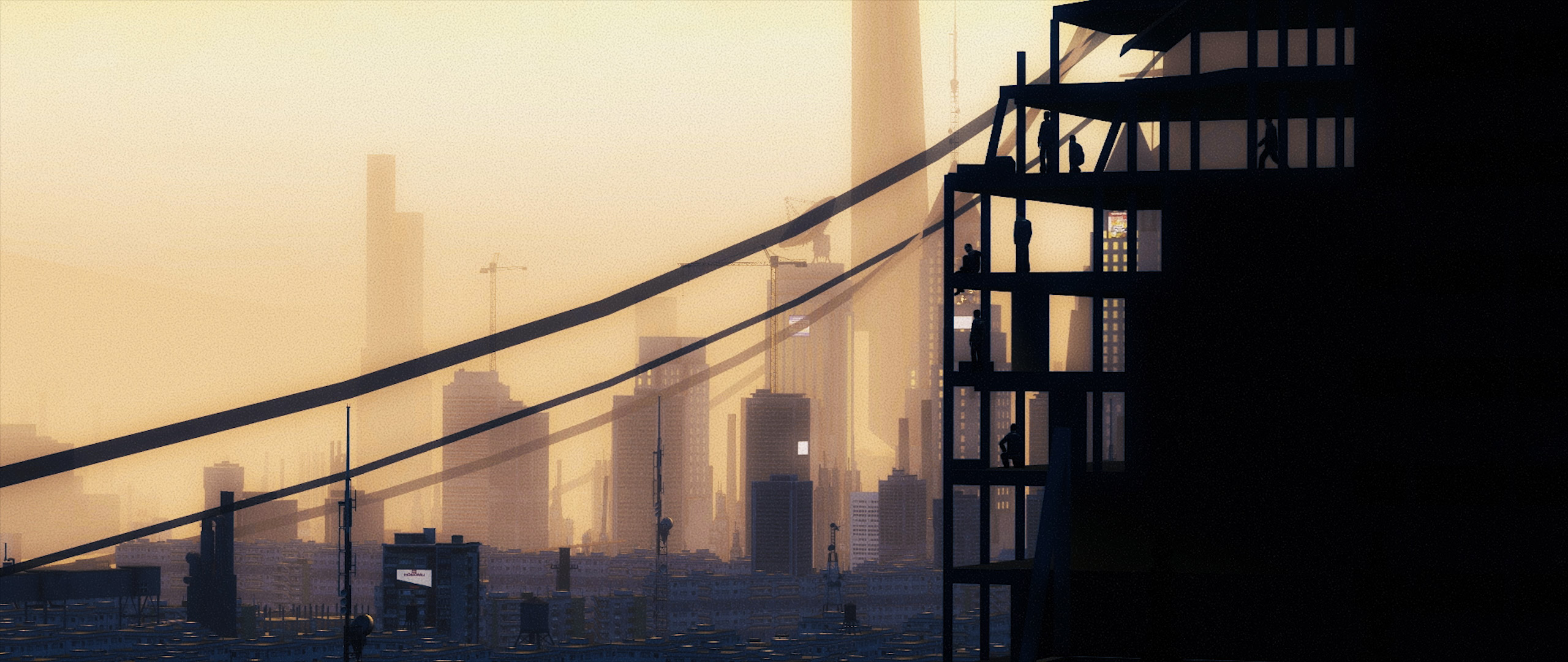 Another idea is that nobody can ever escape the confines of the city walls, so everyone is stuck like caged animals on the inside. The resistance hides in abandoned tunnels, under the city like ants, as the Combine blast their way through the maze like tunnels in an effort to snuff them out.
Another idea is that nobody can ever escape the confines of the city walls, so everyone is stuck like caged animals on the inside. The resistance hides in abandoned tunnels, under the city like ants, as the Combine blast their way through the maze like tunnels in an effort to snuff them out.
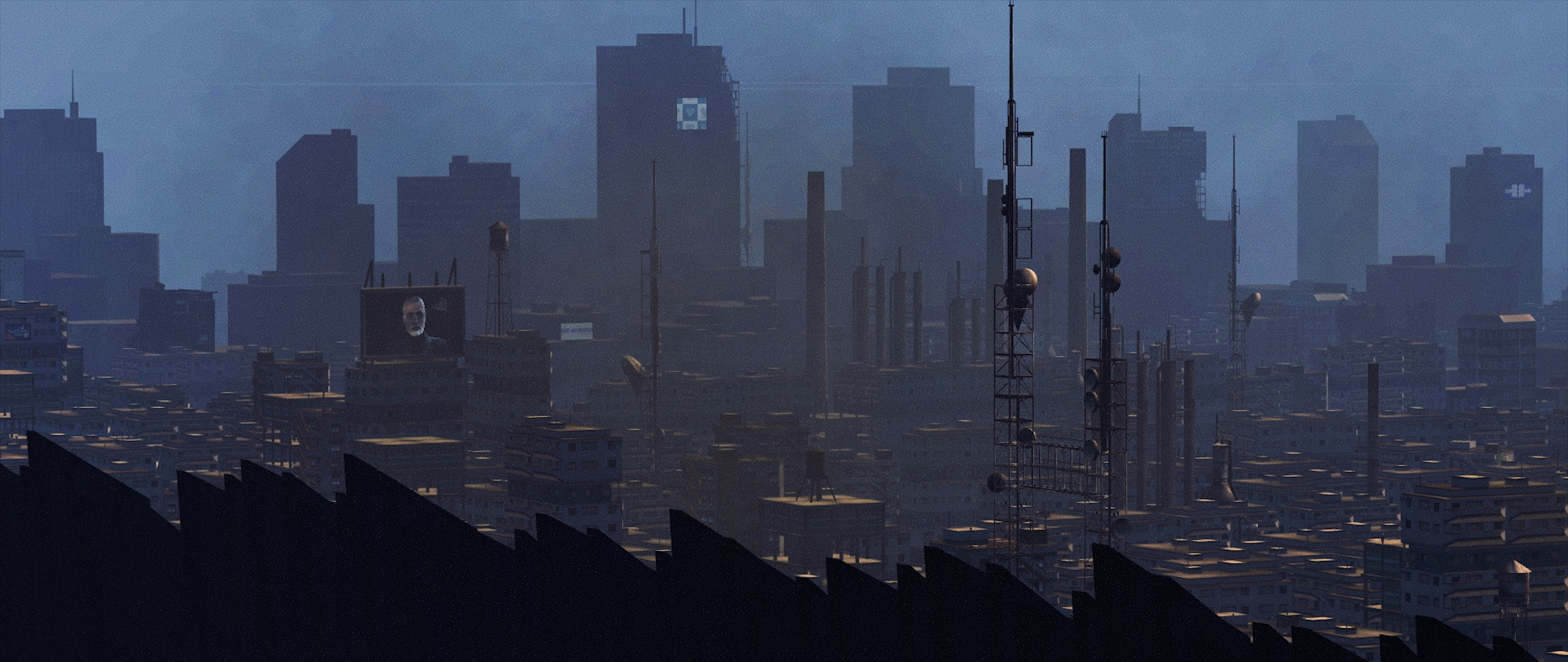 When the character dubbed “Padder” is revealed to have escaped, it’s the first time anyone is really experiencing the outside world in years.
When the character dubbed “Padder” is revealed to have escaped, it’s the first time anyone is really experiencing the outside world in years.
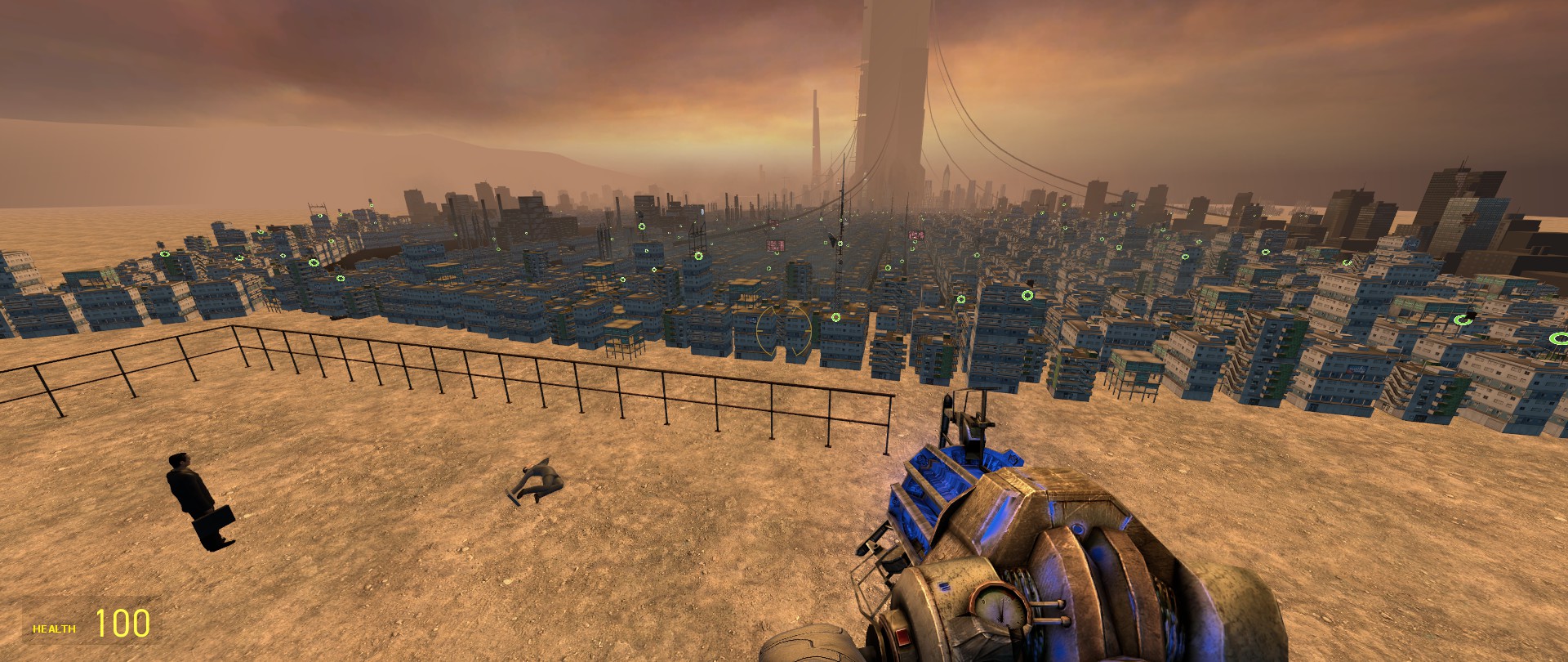 Fog and particle effects were used to add to the illusion of depth. The G-man and the railing are full-sized props in the very first shot, but everything beyond that, as the camera pans, is a miniature scene-build utilizing hundreds of tiny props. NPCs, birds, and helicopters were also shrunken down in the scene to help sell the lie.
Fog and particle effects were used to add to the illusion of depth. The G-man and the railing are full-sized props in the very first shot, but everything beyond that, as the camera pans, is a miniature scene-build utilizing hundreds of tiny props. NPCs, birds, and helicopters were also shrunken down in the scene to help sell the lie.

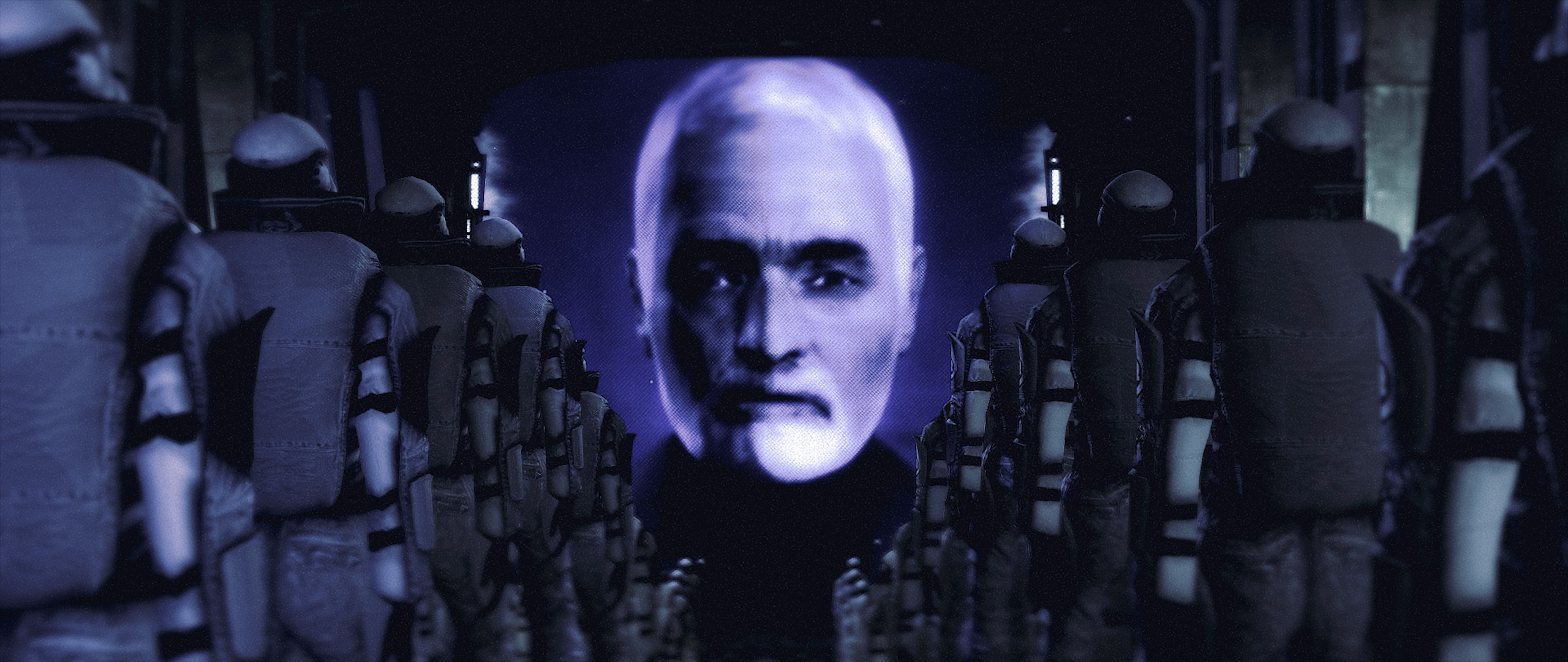

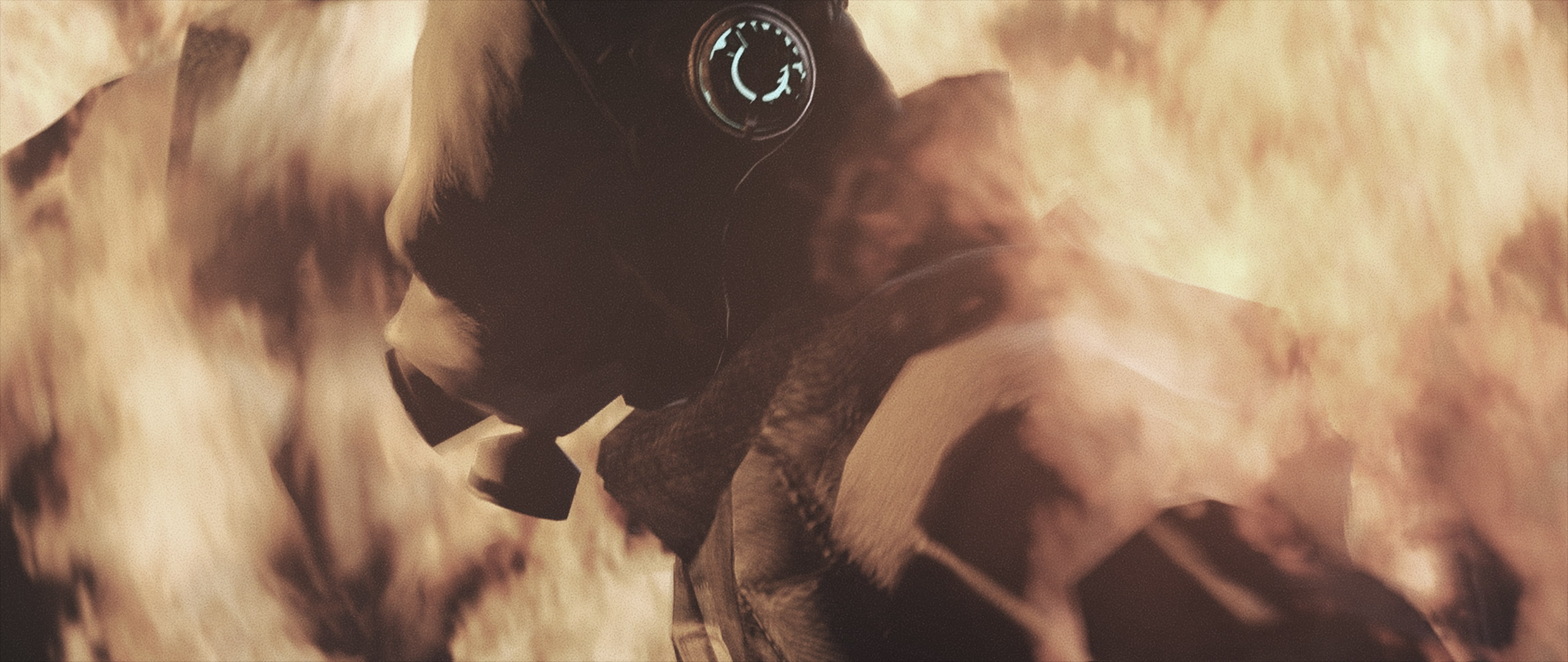
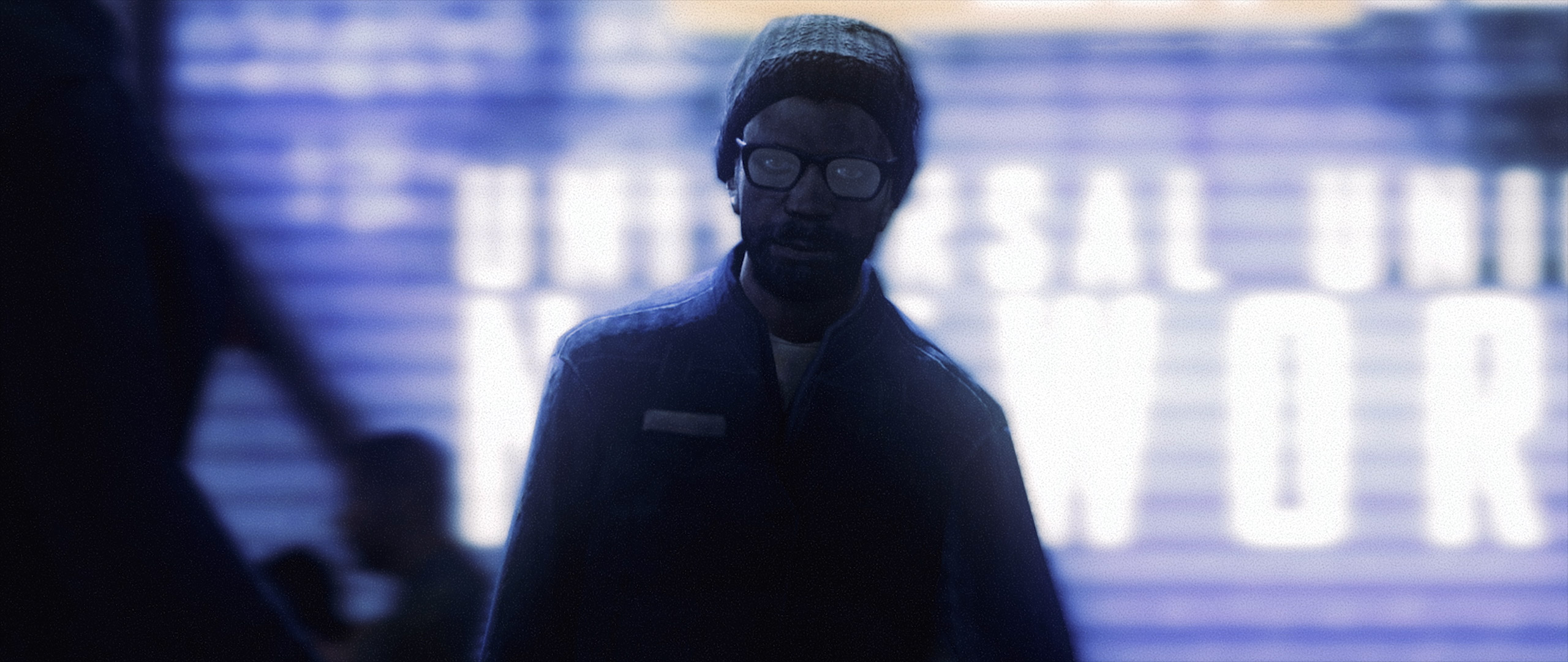
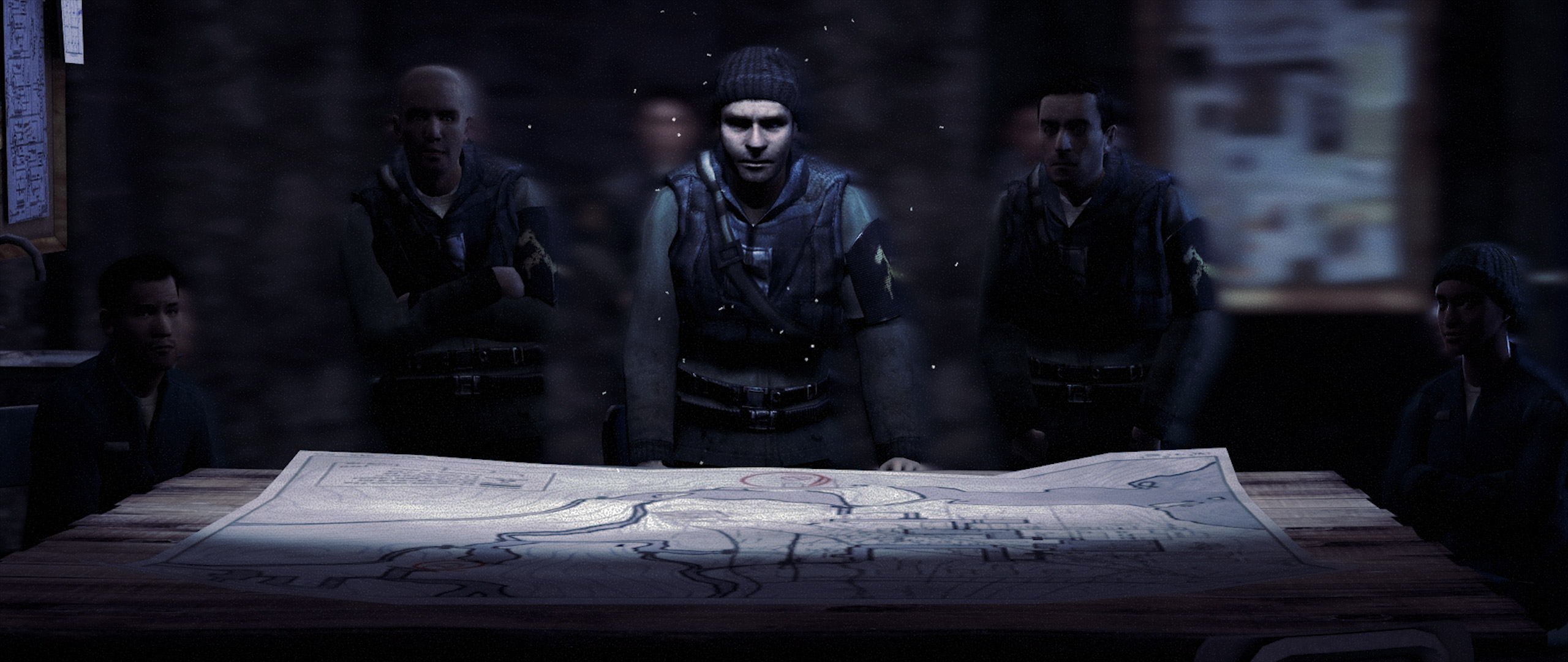
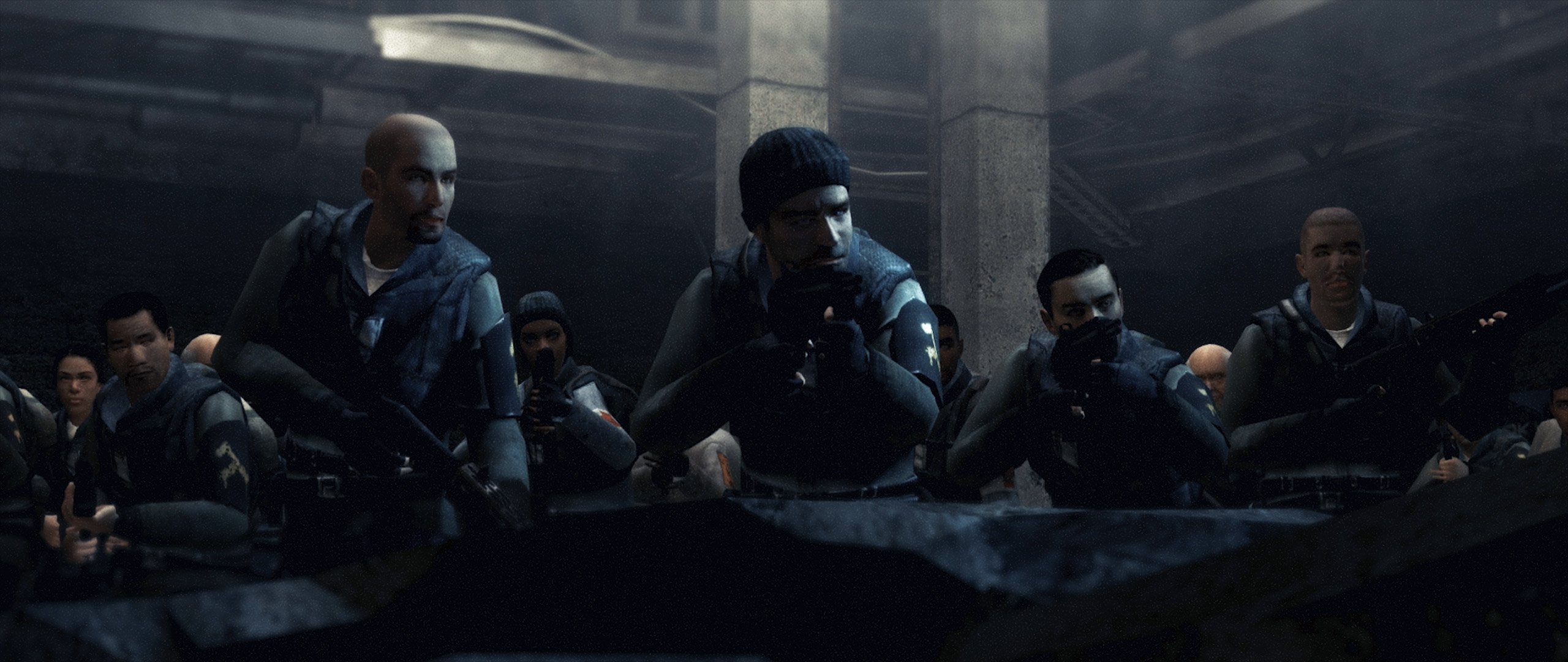
 I had always joked about having myself or another player floating in the background of one of the shots to give a nod that this was made in Garry’s Mod, but I never consciously did this. In a large transition shot that follows one of these biomechanical pigeons across the city, you can catch a glimpse of me for a few frames, poorly hidden behind one of the buildings. This was by no means intentional, and I still can’t believe I never noticed scrubbing over that shot countless times that there was a giant man with a camera standing in the city. It was an easter egg that had to be.
I had always joked about having myself or another player floating in the background of one of the shots to give a nod that this was made in Garry’s Mod, but I never consciously did this. In a large transition shot that follows one of these biomechanical pigeons across the city, you can catch a glimpse of me for a few frames, poorly hidden behind one of the buildings. This was by no means intentional, and I still can’t believe I never noticed scrubbing over that shot countless times that there was a giant man with a camera standing in the city. It was an easter egg that had to be.



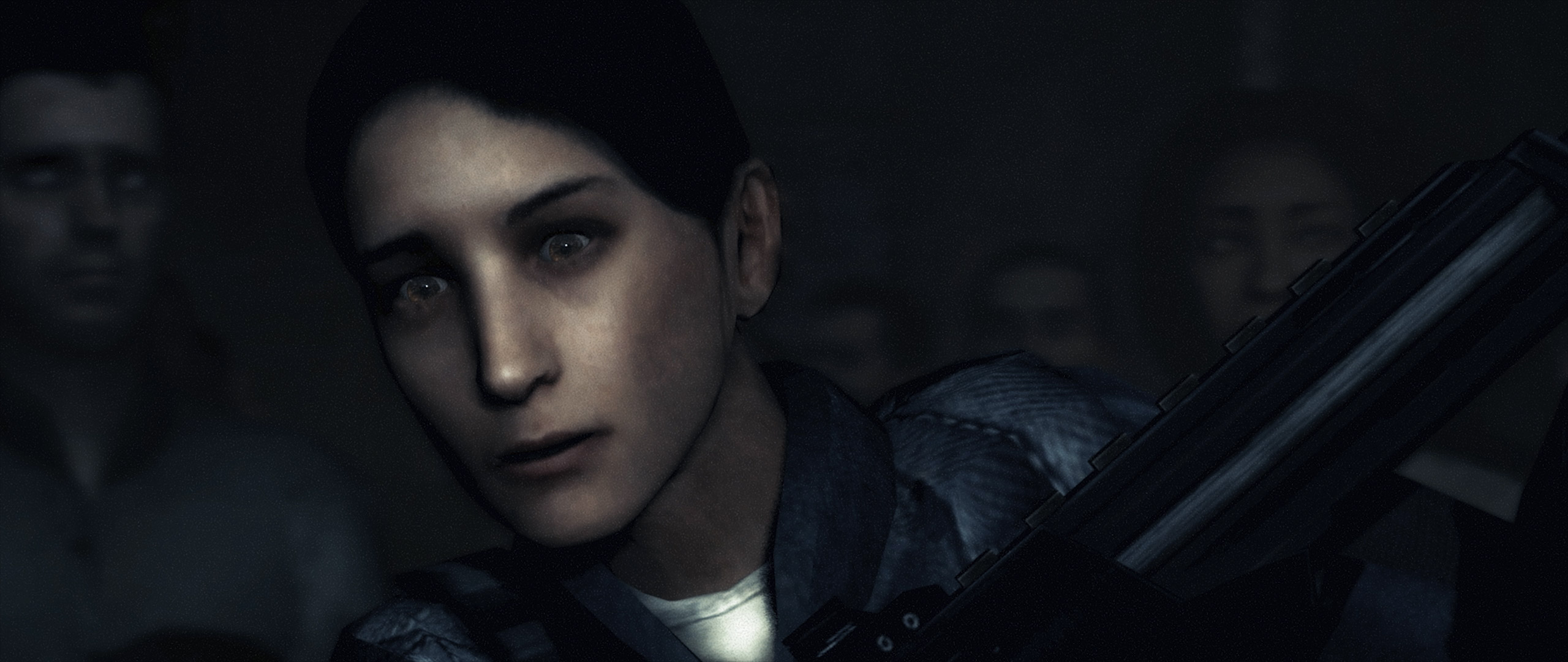 The emotion would come from the stakes, what’s at risk for the character, the camera constantly having even the slightest motion in each shot, and a sonically relentless sound design that never lets up. I told myself the design in every department had to be highly kinetic and anxiety-driven to keep it in constant motion. Each and every scene was also structured to always end on a cliff hanger and never fully conclude, but always lead to what happens next to hopefully keep the viewers attention. I knew I was aiming for a niche audience with this one, but my main goal was to hopefully revive something in the community.
The emotion would come from the stakes, what’s at risk for the character, the camera constantly having even the slightest motion in each shot, and a sonically relentless sound design that never lets up. I told myself the design in every department had to be highly kinetic and anxiety-driven to keep it in constant motion. Each and every scene was also structured to always end on a cliff hanger and never fully conclude, but always lead to what happens next to hopefully keep the viewers attention. I knew I was aiming for a niche audience with this one, but my main goal was to hopefully revive something in the community.
